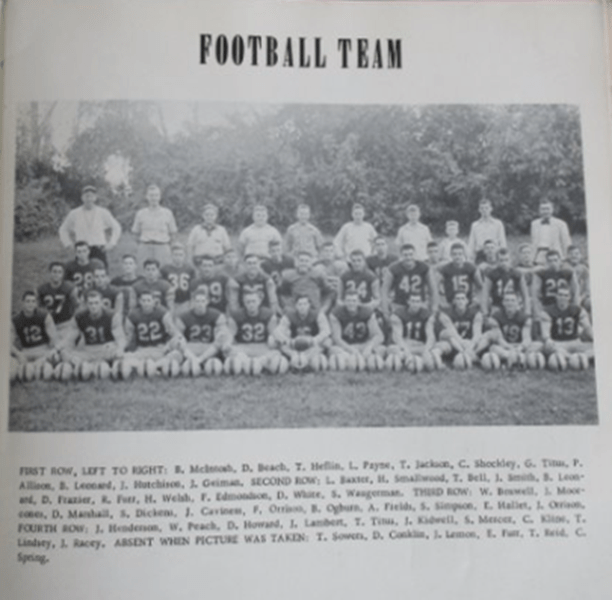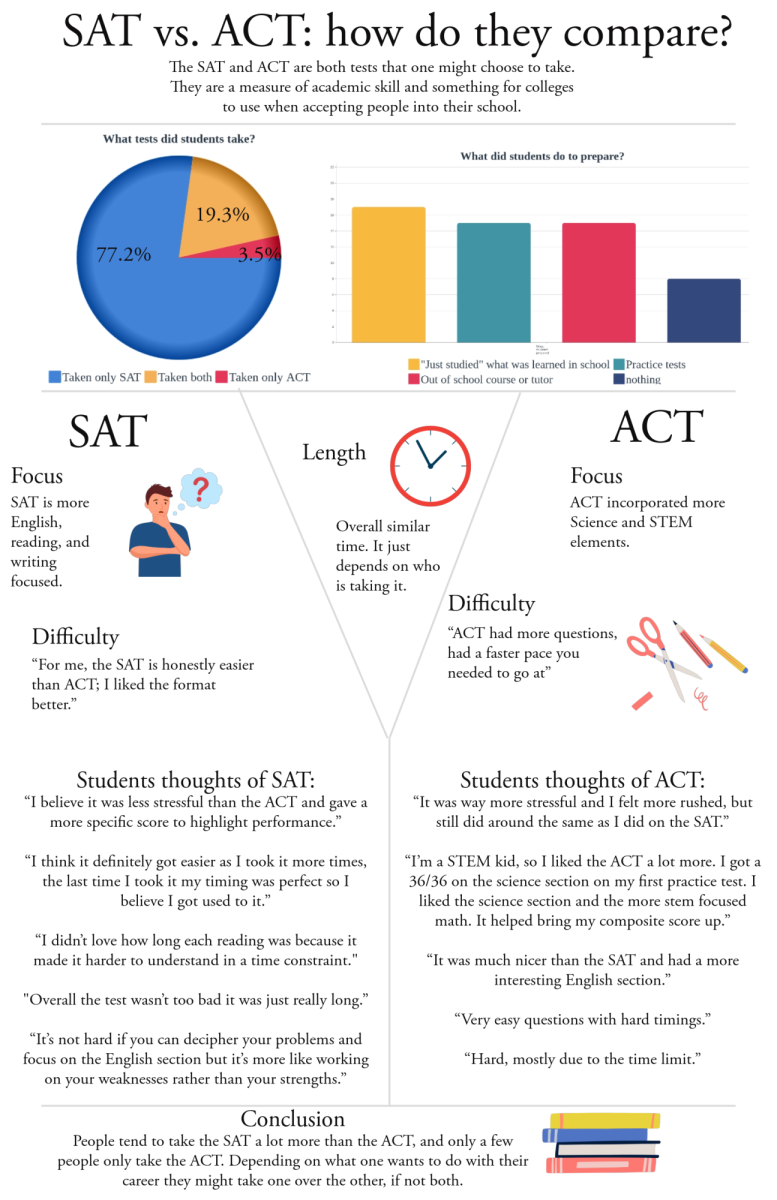Have you ever been sitting in class, and you look at the clock expecting class to be almost over, only to realize it has only been 30 minutes? We’re led to believe the lack of focus is our fault, but how are students supposed to succeed when our day-to-day schedule feels more like a factory than a school?
I am truly an advocate for improving our education, but I also strive for a healthy balance between work and rest. 90 minute classes with little to no break fail to promote this, and we may be unintentionally adding fatigue to the already sleep-deprived and overworked student body. Of the few studies researching the academic benefits of traditional length classes versus 75-90 minute classes are inconclusive; both show equal benefits and drawbacks to the various types of classes. Therefore, we should focus on the mental effects of these contrasting schedule types, since that is where they truly seem to differ.
At Heritage High School, my friend has built in club time once a week, which promotes the entirety of the student body to join a club, and also reduces any time spent outside of school on extracurriculars. Incorporating clubs into the schedule can improve our sense of community, and provide newfound opportunities to those looking to expand or deepen their interests.
Clubs also provide a break at the end of the day. Research recommends a 10 to 20 minute break for every 45 to 50 minutes working or studying. This is due to various factors, such as allowing your mind a chance to relax so it can refocus, or simply so you can move your body after a long period of immobility.
In contrast to this schedule template, our school only permits students a five minute “break” between classes, with a 30 minute lunch break around half-way through the day. These aren’t true breaks because your mind isn’t relaxing, it’s thinking of the next class you need to get to or stressing over the quiz you have that day. Some students even use lunch as a chance to cram study, not to mention that although, yes, lunch is technically 30 minutes long, five to 10 minutes is spent traveling to and from the cafeteria, resulting in only approximately 20 to 25 minutes of actual lunch time, which can result in adverse health effects on students, such as less intake of healthy foods.
In addition to a lack of necessary breaks, there is also a struggle to maintain students’ engagement during the 90 minute class periods. A schedule that would promote student engagement could be modeled by the two-hour delay schedule, with classes lasting an hour, for lunch to be extended, and an hour devoted towards clubs. The extra minutes can be used for extra studying time, or it can be spaced out throughout the day to act as small breaks between classes. Although I’ve heard some teachers argue that adding extra break time may increase student misbehavior, students won’t necessarily be roaming the halls, but rather spending time with friends for an extra ten to fifteen minutes while being supervised by their teachers. Furthermore, during the school days with two hour delays in January, I failed to notice any misbehavior.
Beyond the schedule, another complaint I often hear from my fellow classmates is that although schools have been around for centuries, the rows of uncomfortable desks facing the board remain the same. School classrooms do not offer a space which promotes learning, and are filled with hard desks with thick metal bars that seem to trap you like a prison cell, barely leaving room for mobility. Their uncomfortable and entrapping nature does the exact opposite of improving education. Rather, students will find themselves squirming and losing their already fading concentration. “Soft” furniture, such as comfortable seats or couches within an open space, as may be found in office spaces, can help academic achievement and increase curiosity in students.
At work, adults are allowed to stand, stretch, or have breaks. Students are forced to sit.
Schools should have space for students to thrive as growing people. If we do not take into account the nature of our current students’ lives, then we cannot do our best to support them. Giving students, and teachers, the time, space, and environment they need to succeed isn’t possible with the current schedule. Students need time to socialize, more breaks, shorter classes, and a longer lunch.




















